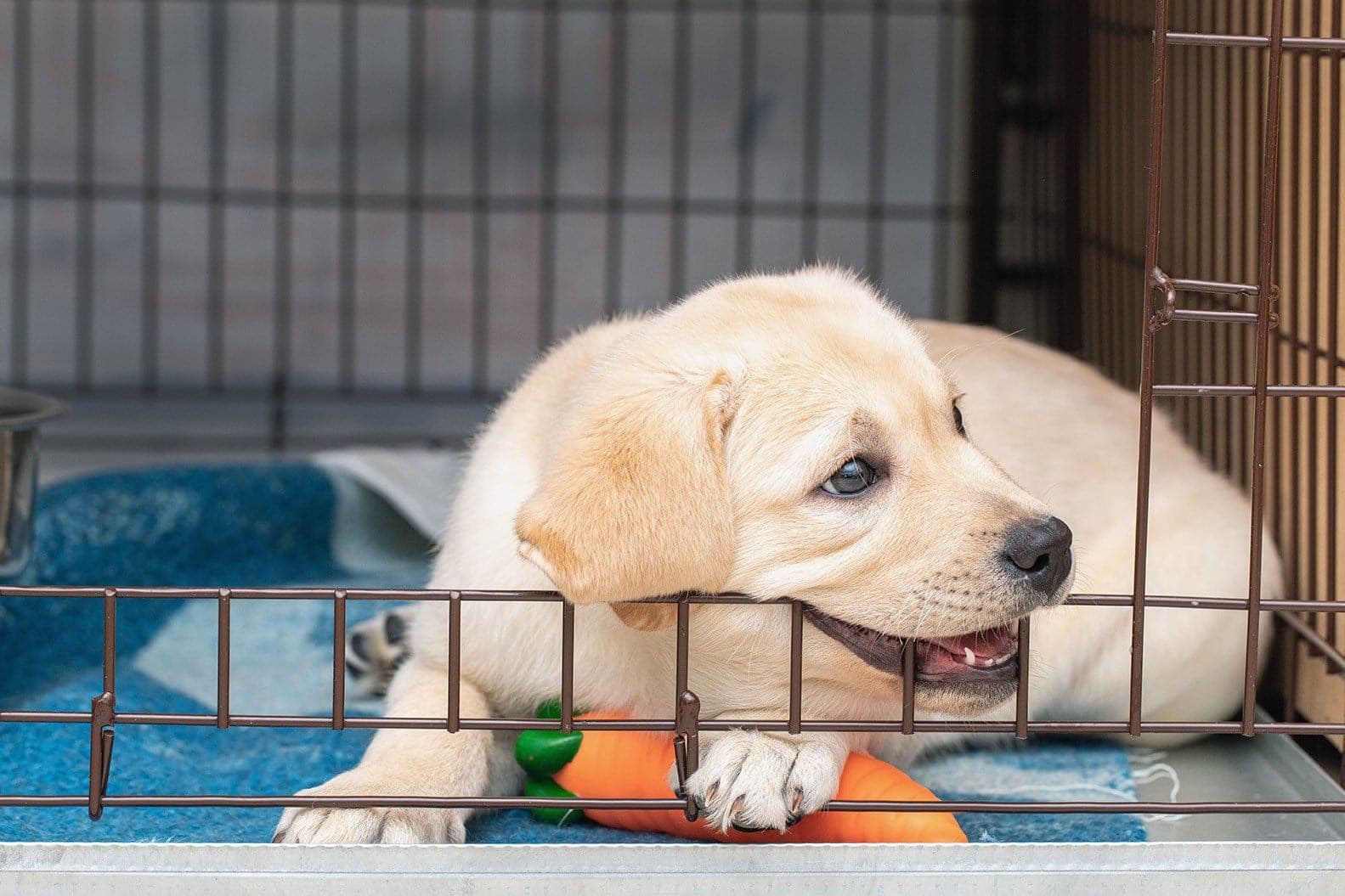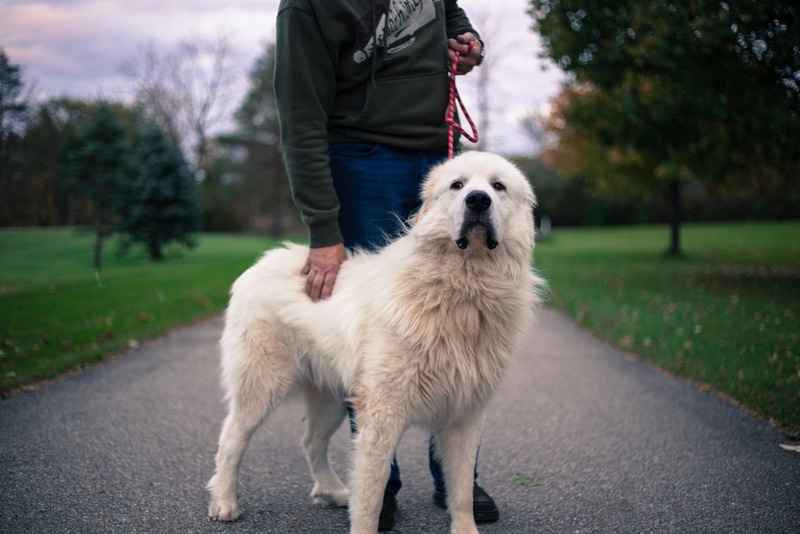How Big Do Mini Dachshunds Get? Growth & Weight Chart

Updated on
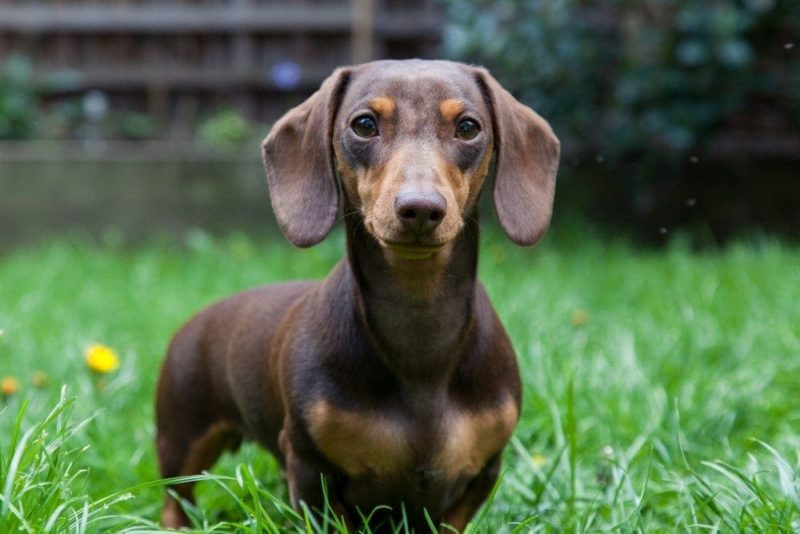
Click to Skip Ahead
If you’re interested in getting a small, spunky dog with a vivacious personality, you should consider the Miniature Dachshund or Mini Dachshund as it’s also called. This dog is tiny yet mighty and a dog with an unmistakable long-backed body, short legs, and long floppy ears.
In this article, we’ll cover everything you need to know about the Mini Dachshund, which includes a growth and weight chart and some tips for helping a Mini Dachshund stay healthy. Once you’ve read all the information below, you’ll have a good idea about what it’s like to own one of these adorable dogs that are very popular the world over.
Facts About Mini Dachshunds
- The Breed Was Developed to Be a Hunting Dog: The Mini Dachshund was originally used to hunt wild animals like badgers and rabbits in Germany. The Mini Dachshund’s long body and short legs make going after burrowing animals easy for this scrappy little dog.
- They Have Lots of Energy: This little dog has plenty of energy for a small breed, which means it needs around 45 minutes of exercise per day. To keep a Mini Dachshund happy and healthy, it’s wise to take the dog to a secure place where it can run off-leash with plenty of interesting things to see and smell.
- The Breed Comes in Several Coat Types and Colors: Just like the standard Dachshund, the Mini Dachshund comes in three different coat types: long-haired, smooth-haired, and wire-haired. The most common colors of this little dog are red, black, and tan. They also come in wheaten, chocolate, and blue and cream.
- They’re Smart and Vivacious: Mini Dachshunds are intelligent dogs that are courageous and adventurous. This dog has an independent streak and doesn’t mind spending time alone. However, a Mini Dachshund is also a devoted dog that loves being around its human family.
- These Dogs Need Time to Warm Up to Strangers: Because a Mini Dachshund is a cautious dog that’s always on guard, it won’t typically run up to strangers to say hello. This dog needs time and space to warm up to new people, so take things slowly when introducing your Miniature Dachshund to people you know.
Mini Dachshund Size and Growth Chart
Anyone interested in getting a Mini Dachshund puppy would likely be interested in knowing how this dog grows. That’s why we’ve included this size and growth chart so you’ll know what to expect when raising a Mini Dachshund from puppyhood to adulthood.
| Age | Weight Range | Length Range |
| 3 Months | 2.0–2.2 pounds | 6–8 inches |
| 5 Months | 4.0–4.5 pounds | 8–9 inches |
| 7 Months | 6.0–6.5 pounds | 9–10 inches |
| 9 Months | 8.5–9.0 pounds | 10–11 inches |
| 11 Months | 9.0–9.5 pounds | 11–12 inches |
| 12 Months | 9.5–10 pounds | 12–13 inches |
| 14 months | 10.5–11 pounds | 13–14 inches |
You need to take good care of your pet while they are growing, so you can use our calculator tool to help you know how much to feed your pup and keep their well-being:
The exact amount of calories an individual animal needs to maintain a healthy weight is variable and influenced by many factors including genetics, age, breed, and activity level. This tool is meant to be used only as a guideline for healthy individuals and does not substitute veterinary advice
When Does a Mini Dachshund Stop Growing?
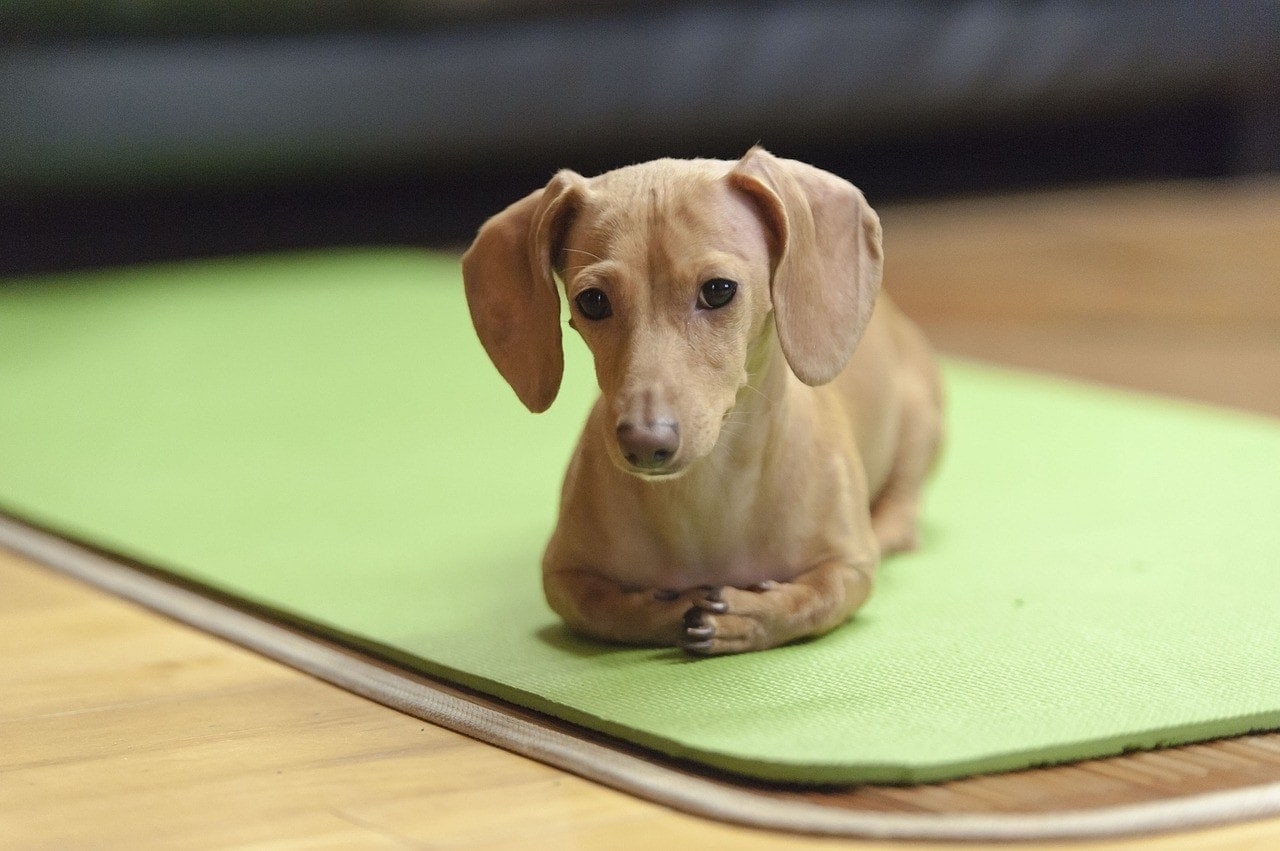
It’s never a bad idea to keep a journal or create a growth chart for your Mini Dachshund to monitor the pup’s growth until they’re fully grown. A Miniature Dachshund stops growing at approximately 11–13 months. Once your dog reaches this stage in life, you can breathe a sigh of relief.
However, it’s a good idea to continue keeping tabs on their weight so they don’t become overweight or obese.
Factors Affecting the Size of Miniature Dachshunds
The number one factor that can affect the size of a miniature dachshund is genetics¹. For example, a Mini Dachshund puppy is likely to grow to be the same general size as its parents.
Other factors that can affect the size of a Mini Dachshund include the dog’s overall health and nutrition. For example, a healthy dog that eats high-quality dog food is more apt to fully develop and grow than an unhealthy dog that doesn’t get quality food.
Ideal Diet for Maintaining a Healthy Weight
A complete and balanced diet¹ for a Mini Dachshund includes protein, fat, carbs, vitamins, and minerals. To find top-quality dog food for your Mini Dachshund, look for one that includes an Association of American Feed Control Officials (AAFCO) label on the packaging to ensure the food meets the nutritional needs of your dog. If you don’t know, the AAFCO¹ is a non-profit corporation responsible for defining the ingredients used in pet food and animal feed.
If you feed your dog quality dog food and take it easy with the doggie treats, your Mini Dachshund should breeze through life without any major weight issues. If you discover that your dog has gained weight, cut back on the amount of food you provide them while cutting down on the treats.
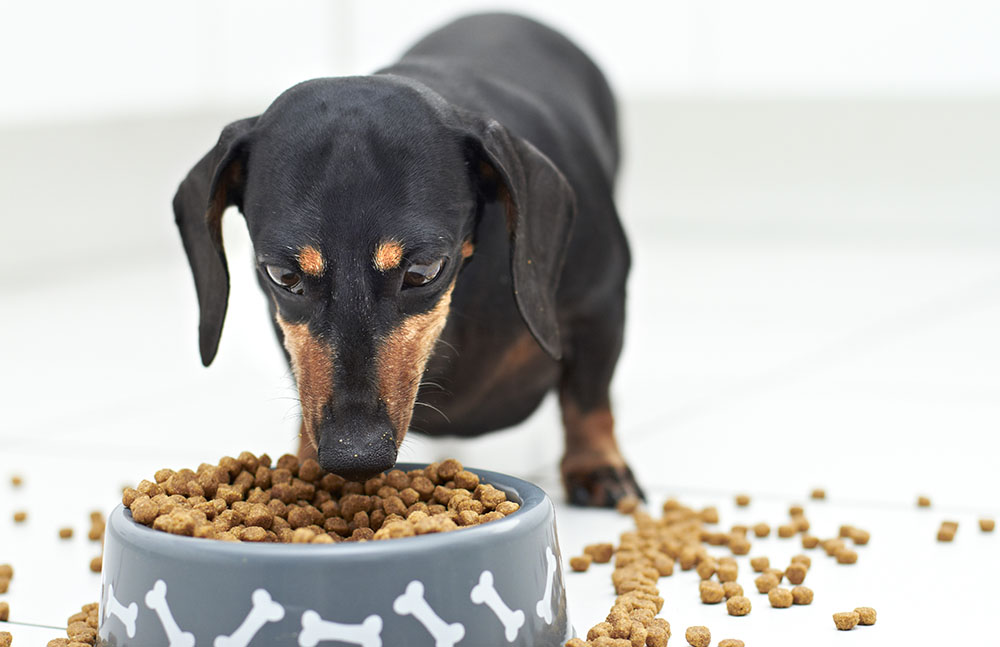
How to Measure Your Miniature Dachshund
If you want to measure the length of your Miniature Dachshund, do so with the dog standing on all four paws. Using a measuring tape, measure the dog from the lower edge of its collar (or middle of the shoulder blades) to the base of its tail. To measure the dog’s chest, run your measuring tape around the widest/deepest part of the chest right behind the front legs.
Conclusion
The Mini Dachshund is a small dog that’s about half the size of the standard Dachshund. If you’re looking for a pint-sized dog with a king-size personality, the Mini Dachshund may be just the dog for you!
If you do decide to get one of these little dogs, have things ready for the day you bring your pup home. Pick up a few items like a cozy dog bed¹ and a cute doggie toy¹ to make your new pup feel right at home. And don’t forget to keep a journal or make a weight chart so you can keep tabs on your dog’s development and overall growth.
See Also:
Featured Image Credit: James Player, Shutterstock




